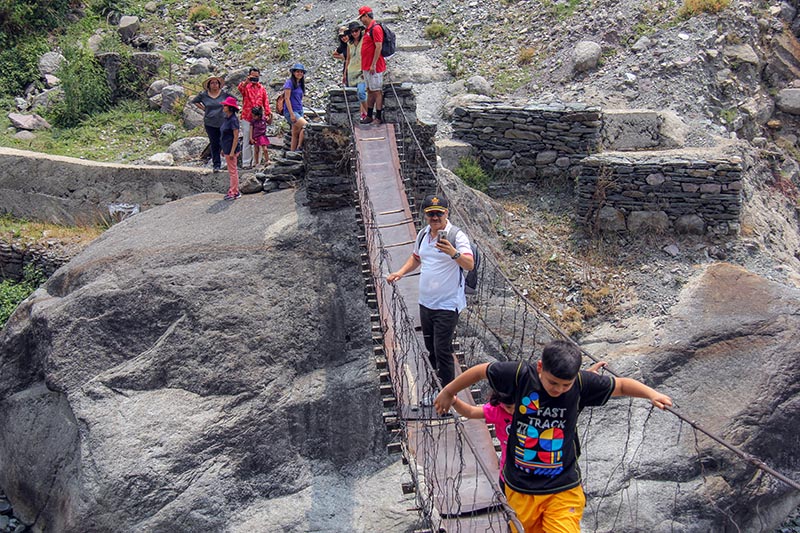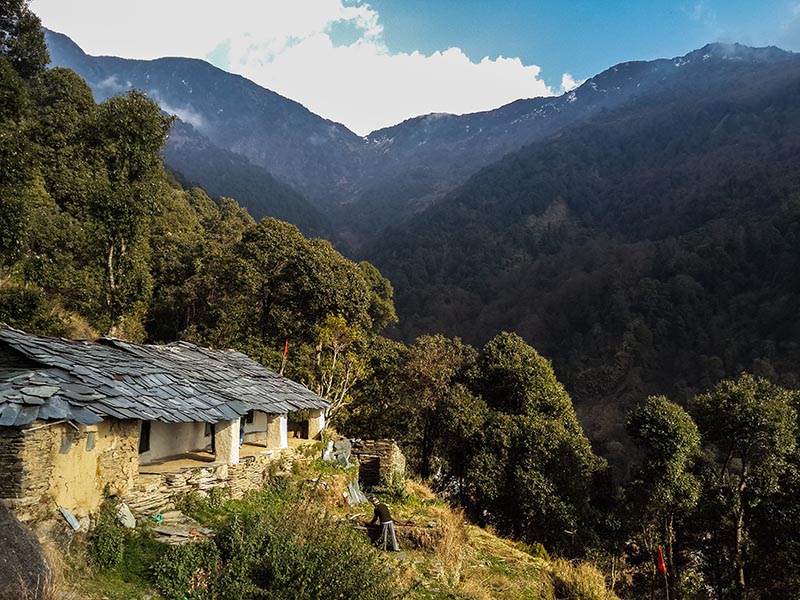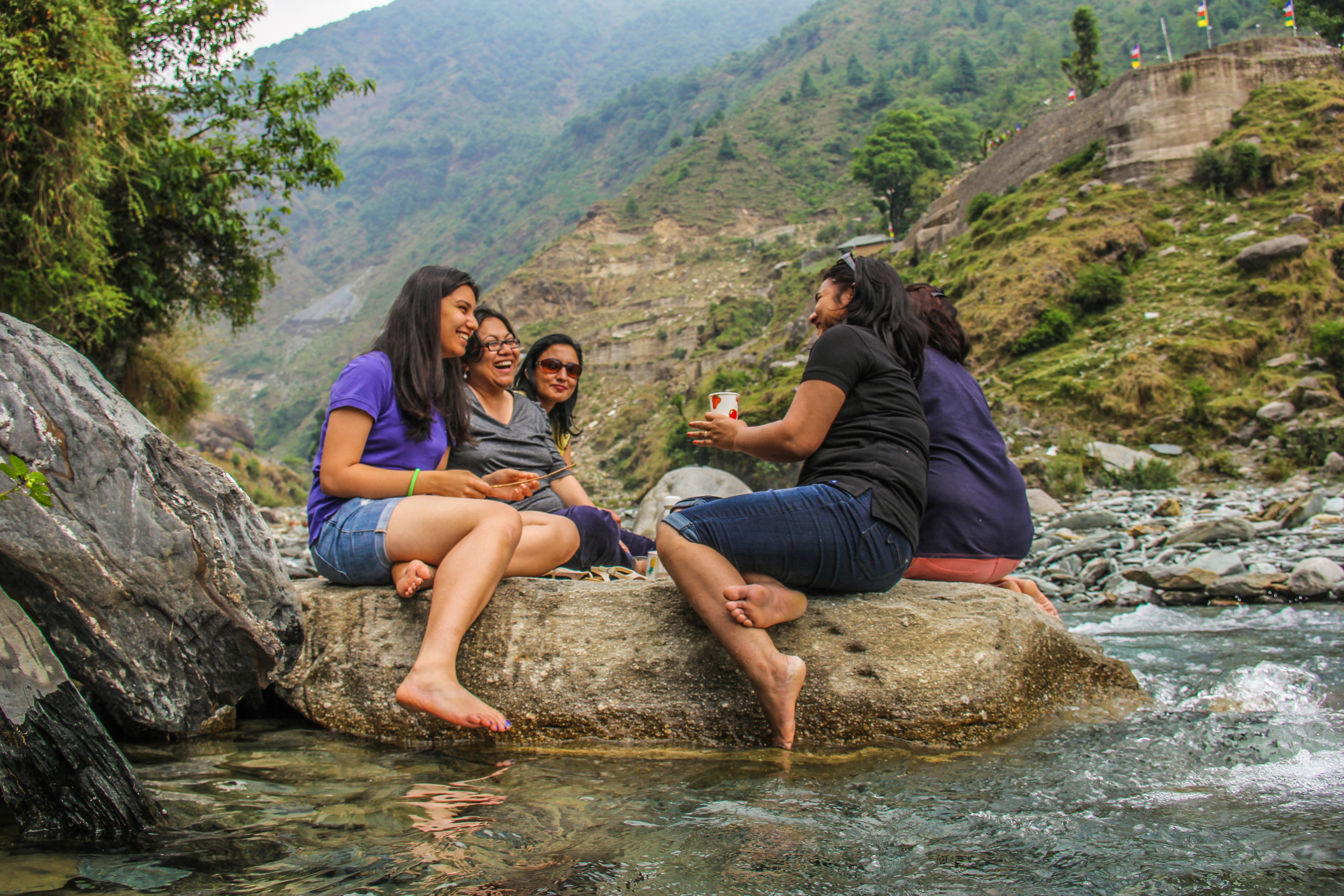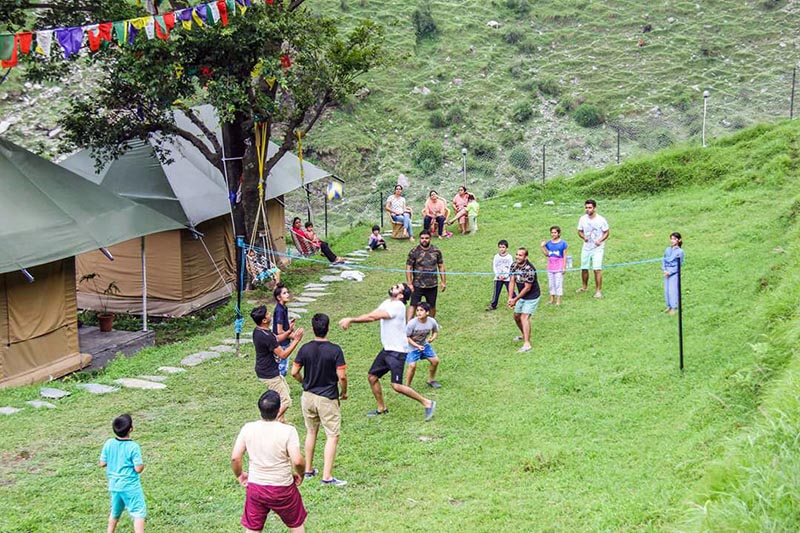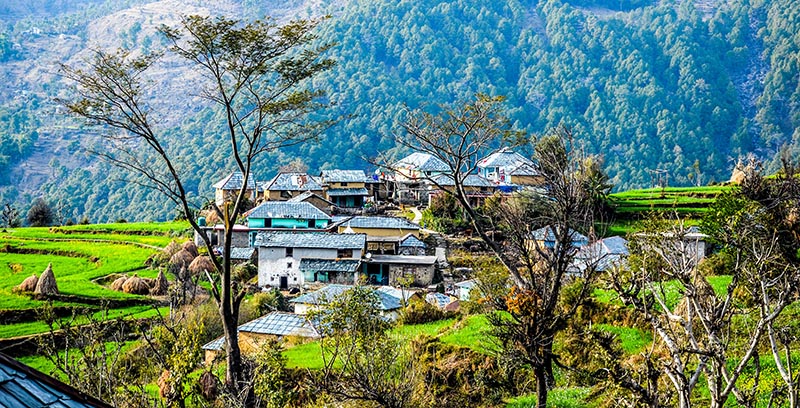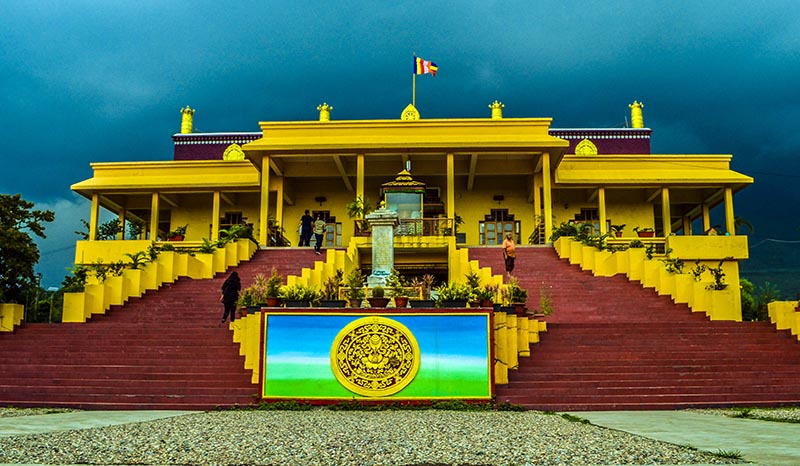High Altitude Treks: Peaks Await
Embark on thrilling high altitude treks to the majestic peaks near Dharamshala. Discover the breathtaking beauty, challenging trails, and exhilarating experiences that await adventurous souls in the heart of the Himalayas.
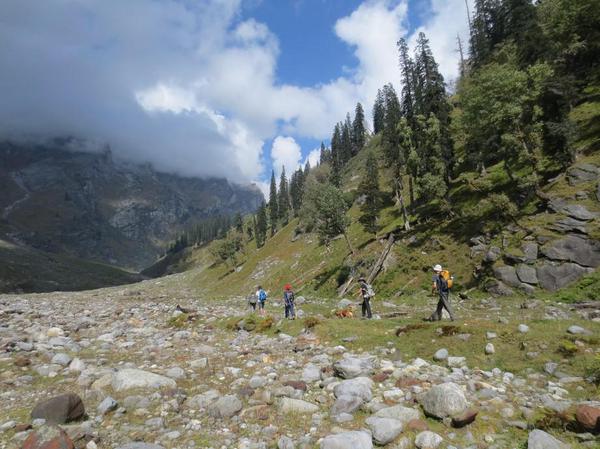
High altitude trekking offers a unique blend of adventure, challenge, and awe-inspiring natural beauty. The peaks around Dharamshala, nestled in the lap of the Himalayas, provide an ideal setting for trekking enthusiasts seeking an unforgettable experience. This comprehensive guide explores the allure of high altitude trekking, detailing the trails, preparations, and the profound sense of accomplishment that comes with conquering these majestic peaks.
The Appeal of High Altitude Trekking:
High altitude trekking is not just about reaching the summit; it’s about the journey, the challenges, and the incredible vistas that unfold along the way. The treks near Dharamshala offer a perfect mix of diverse landscapes, from lush green valleys and dense forests to rugged terrains and snow-covered peaks.
Popular High Altitude Treks Near Dharamshala:
1. Triund Trek:
- Description: Triund is one of the most popular treks in the Dharamshala region, known for its breathtaking views of the Dhauladhar range and the Kangra Valley.
- Difficulty: Moderate
- Highlights: Scenic landscapes, panoramic views, and a relatively easy trail make it ideal for beginners and experienced trekkers alike.
2. Indrahar Pass Trek:
- Description: This challenging trek takes you through dense forests, ancient temples, and rocky terrains to reach the Indrahar Pass, offering stunning views of the Pir Panjal range.
- Difficulty: Difficult
- Highlights: High-altitude landscapes, alpine meadows, and the sense of adventure that comes with a challenging ascent.
3. Kareri Lake Trek:
- Description: Kareri Lake trek is known for its pristine alpine lake, situated at an altitude of about 3,300 meters. The trail passes through dense forests, picturesque meadows, and quaint villages.
- Difficulty: Moderate to Difficult
- Highlights: Crystal-clear lake, scenic campsites, and a serene environment.
4. Minkiani Pass Trek:
- Description: A relatively lesser-known trek, Minkiani Pass offers solitude and breathtaking views of the Dhauladhar range. The trek involves crossing streams, lush forests, and high-altitude passes.
- Difficulty: Difficult
- Highlights: Remote trails, spectacular views, and a sense of seclusion.
5. Moon Peak Expedition:
- Description: For those seeking a more strenuous adventure, the Moon Peak expedition provides a challenging ascent with rewarding views of the Himalayas. This trek is suitable for experienced trekkers.
- Difficulty: Very Difficult
- Highlights: High-altitude climbing, stunning vistas, and a sense of accomplishment.
Preparation for High Altitude Treks:
Physical Fitness:
High altitude trekking requires a good level of physical fitness. Regular cardiovascular exercises, strength training, and endurance-building activities are essential to prepare for the demands of trekking.
Acclimatization:
Proper acclimatization is crucial to avoid altitude sickness. It is recommended to spend a day or two at higher altitudes before starting the trek to allow your body to adjust to the reduced oxygen levels.
Gear and Equipment:
Having the right gear is essential for a safe and comfortable trek. This includes:
- Sturdy trekking shoes
- Warm clothing (layers)
- Waterproof jacket
- Trekking poles
- Backpack
- Sleeping bag
- First aid kit
- Water bottles and purification tablets
- High-energy snacks
Guides and Permits:
Hiring a local guide is highly recommended for navigating the trails and ensuring safety. Additionally, some treks require permits, which can be obtained from local authorities.
The Trekking Experience:
The experience of high altitude trekking is multifaceted, involving physical exertion, mental resilience, and the sheer joy of being amidst nature's grandeur. The trails offer a chance to disconnect from the chaos of daily life and reconnect with oneself and the natural world.
Challenges and Rewards:
Physical and Mental Challenges:
Trekking at high altitudes presents several challenges, including steep climbs, unpredictable weather, and the physical strain of continuous walking. Overcoming these challenges requires determination, resilience, and a positive mindset.
Scenic Rewards:
The rewards of high altitude trekking are immense. The stunning vistas, the sense of achievement upon reaching the summit, and the serene beauty of the Himalayan landscape make every effort worthwhile. The view from the top, often above the clouds, is a memory that stays etched in the mind forever.
Conservation and Responsible Trekking:
It is essential to practice responsible trekking to preserve the pristine beauty of the Himalayas. This includes:
- Avoiding littering
- Staying on designated trails
- Respecting local cultures and wildlife
- Minimizing the use of plastic
- Supporting local communities by hiring local guides and staying in local accommodations
FAQs:
Q: What is the best time for high altitude trekking near Dharamshala?
A: The best time for trekking is from April to June and September to November when the weather is favorable.
Q: Do I need prior trekking experience for these treks?
A: While some treks are suitable for beginners, others require prior trekking experience. It is important to choose a trek that matches your fitness and experience level.
Q: How do I prevent altitude sickness?
A: Gradual acclimatization, staying hydrated, and avoiding alcohol can help prevent altitude sickness. If symptoms persist, it is advisable to descend to a lower altitude.
Q: Can I trek solo?
A: Solo trekking is possible but not recommended, especially for high altitude treks. It is safer to trek in groups or with a guide.
Q: What kind of fitness level is required?
A: A good level of physical fitness is required, including cardiovascular endurance, strength, and stamina. Regular exercise and training are recommended before the trek.
Q: Are there any age restrictions for high altitude trekking?
A: There are no specific age restrictions, but participants should be physically fit and healthy. Children and older adults should consult a doctor before attempting high altitude treks.
Q: What should I pack for a high altitude trek?
A: Essential items include sturdy trekking shoes, warm clothing, waterproof gear, a backpack, sleeping bag, trekking poles, first aid kit, water bottles, and high-energy snacks.
Q: Are permits required for trekking?
A: Some treks require permits, which can be obtained from local authorities. It is best to check the requirements for your specific trek.
Q: How can I ensure responsible trekking?
A: Practice Leave No Trace principles, avoid littering, stay on designated trails, respect local cultures, and minimize the use of plastic.
Q: What are the accommodation options during the trek?
A: Accommodation options include camping, local guesthouses, and lodges, depending on the trek route and location.

